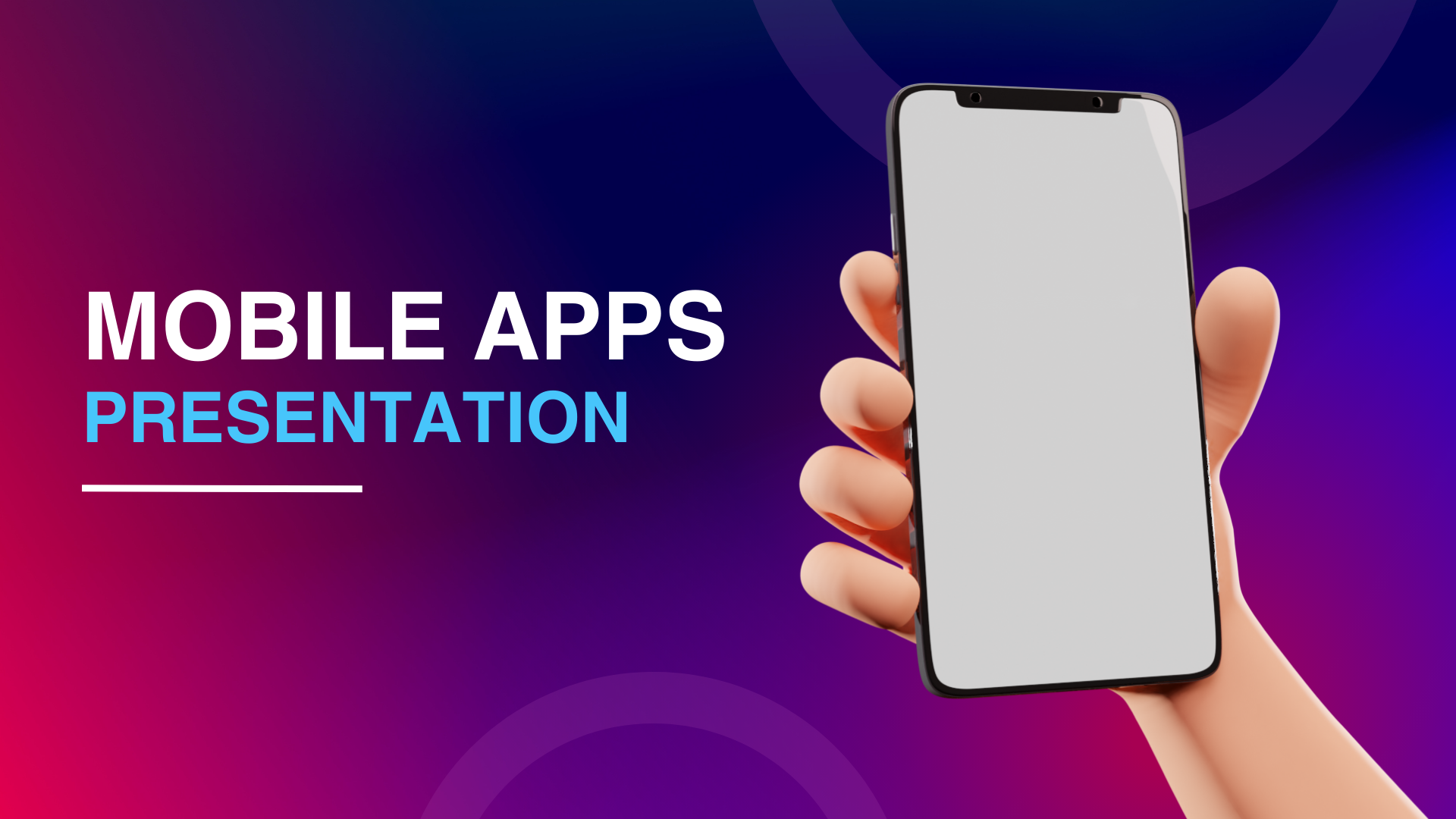Introduction Mobile apps have become integral tools for businesses like Sodio Technologies, driving engagement and user satisfaction. However, ensuring optimal performance is crucial to retaining users and maximizing app efficiency. This blog explores effective strategies and best practices to optimize mobile apps for peak performance, enhancing speed, responsiveness, and overall user experience.
1. Conduct Comprehensive Performance Analysis Begin by assessing current app performance using:
- Performance Metrics: Measure app loading times, response times, and overall responsiveness.
- User Feedback: Gather insights from user reviews and feedback on performance issues.
- Device and OS Compatibility: Test app performance across different devices and operating systems commonly used by your target audience.
2. Optimize App Code and Resources Improve app performance by optimizing code and reducing resource usage:
- Minify and Compress: Reduce file sizes of JavaScript, CSS, and HTML files to enhance loading speed.
- Image Optimization: Compress images without sacrificing quality to reduce app size and loading times.
- Reduce Network Requests: Combine and minimize network requests to decrease latency and improve app responsiveness.
3. Implement Caching Strategies Utilize caching techniques to store frequently accessed data locally:
- Browser Caching: Cache static assets like images, CSS, and JavaScript files to reduce server load and improve load times.
- Data Caching: Cache API responses and frequently used data locally to minimize server requests.
- Cache Expiration: Implement cache expiration policies to maintain data freshness and consistency.
4. Prioritize Critical Content and Features Enhance user experience by prioritizing loading of essential content and features:
- Lazy Loading: Load non-essential content asynchronously to prioritize critical content.
- Progressive Loading: Display content incrementally as it becomes available, improving perceived performance.
- Prefetching: Anticipate user actions and preload content in the background to reduce waiting times.
5. Optimize for Battery and CPU Usage Minimize app impact on device battery life and CPU usage:
- Background Processes: Limit background tasks and processes to conserve battery and CPU resources.
- Efficient Algorithms: Optimize algorithms and data processing methods to reduce computational overhead.
- Idle State Optimization: Utilize device sensors and idle state triggers to optimize app behavior and resource usage.
6. Test and Monitor Performance Regularly Continuously monitor and test app performance to identify and address potential bottlenecks:
- Load Testing: Simulate heavy user traffic to assess app performance under stress conditions.
- Real-User Monitoring (RUM): Monitor app performance in real-time to detect issues and optimize user experience.
- Performance Benchmarks: Establish performance benchmarks and goals to measure improvements over time.
7. Utilize Content Delivery Networks (CDNs) Enhance app performance by leveraging CDNs for content delivery:
- Static Asset Delivery: Serve static assets like images and videos from geographically distributed CDNs to reduce latency.
- Load Balancing: Distribute app traffic across multiple servers to optimize content delivery and improve app responsiveness.
- Edge Caching: Cache content closer to end-users to minimize network latency and enhance overall user experience.
Conclusion Optimizing mobile apps for performance is crucial for Sodio Technologies to deliver a seamless and satisfying user experience. By implementing comprehensive performance analysis, code optimization, caching strategies, prioritization of critical content, battery and CPU optimization, regular testing, and leveraging CDNs, Sodio Technologies can ensure their mobile apps perform optimally across various devices and usage scenarios.
Call to Action Explore Sodio Technologies’ commitment to optimizing mobile app performance. Stay updated on our latest advancements in app performance and user experience enhancements.







